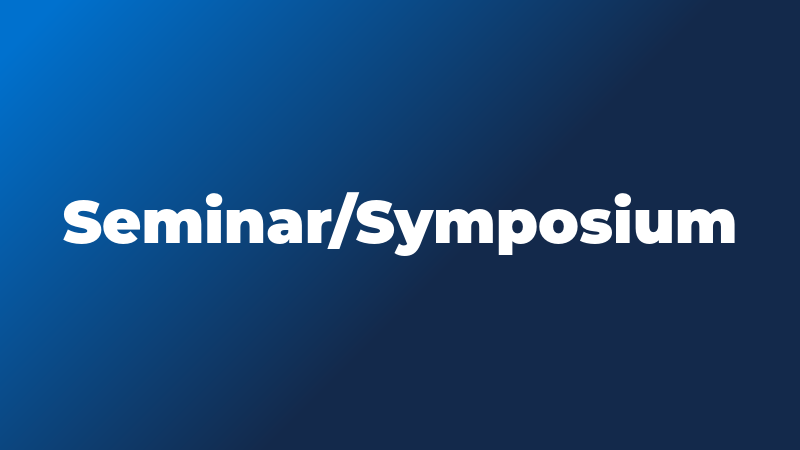Sorrachai Yingchareonthawornchai "Deterministic Small Vertex Connectivity in Almost Linear Time"

- Sponsor
- Illinois Computer Science
- Speaker
- Sorrachai Yingchareonthawornchai, Aalto University
- Contact
- Candice Steidinger
- steidin2@illinois.edu
- Phone
- 217-300-8564
- Views
- 108
- Originating Calendar
- Siebel School Speakers Calendar
We look forward to seeing you in person or online.
Abstract: In the vertex connectivity problem, given an undirected n-vertex m-edge graph, we need to compute the minimum number of vertices that can disconnect the graph after removing them. This problem is one of the most well-studied graph problems. From 2019, a new line of work [Nanongkai et al. STOC'19;SODA'20;STOC'21] has used randomized techniques to break the quadratic-time barrier and, very recently, culminated in an almost-linear time algorithm via the recently announced maxflow algorithm by Chen et al. In contrast, all known deterministic algorithms are much slower. The fastest algorithm [Gabow FOCS'00] takes O(m(n+\min\{c^{5/2},cn^{3/4}\})) time where c is the vertex connectivity. It remains open whether there exists a subquadratic-time deterministic algorithm for any constant c>3.
In this talk, we present the first deterministic almost-linear time vertex connectivity algorithm for all constants c. Our running time is m^{1+o(1)}2^{O(c^{2})} time, which is almost-linear for all c=o(\sqrt{\log n}). This is the first deterministic algorithm that breaks the O(n^{2})-time bound on sparse graphs where m=O(n), which is known for more than 50 years ago [Kleitman'69].
Towards our result, we give a new reduction framework to vertex expanders which in turn exploits our new almost-linear time construction of mimicking network for vertex connectivity. The previous construction by Kratsch and Wahlstr\"{o}m [FOCS'12] requires large polynomial time and is randomized. An interesting aspect that allows our overall algorithm to be efficient is to ``lift'' several graph problems to hypergraphs and work directly on hypergraphs.
This is joint work with Thatchaphol Saranurak.